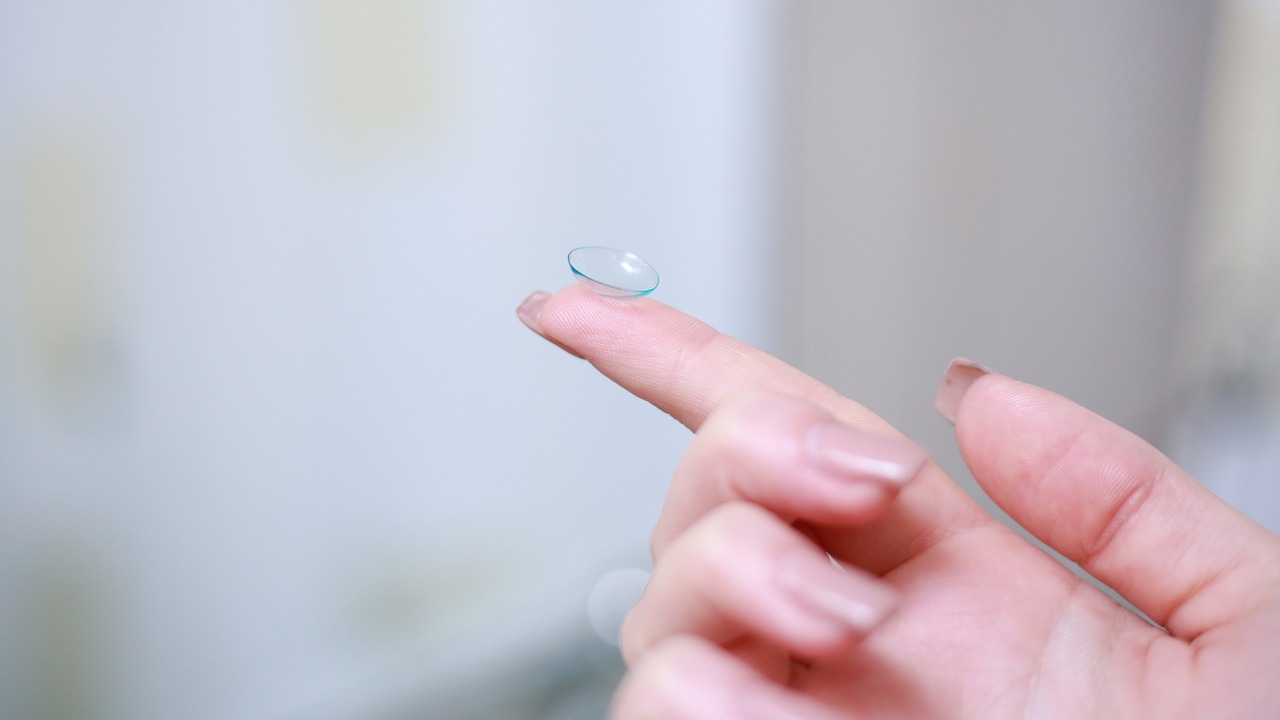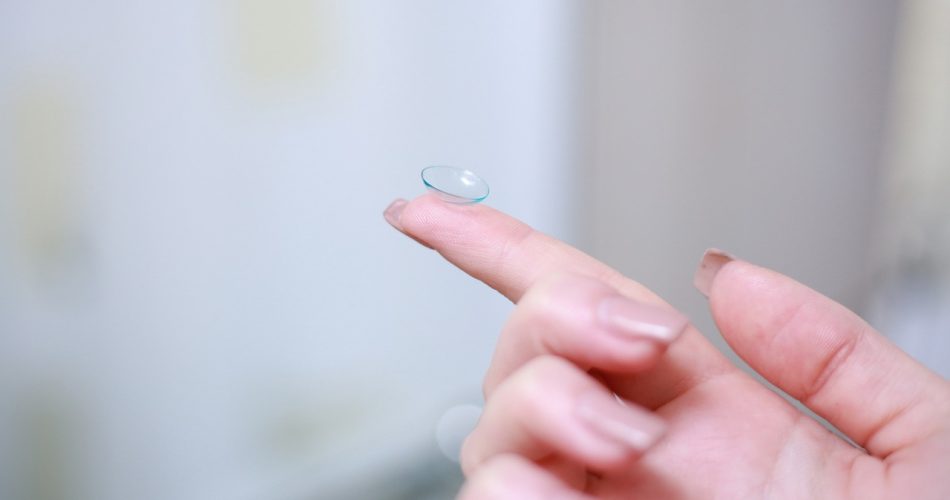
Researchers Discover Microplastics Released by Contact Lenses under Sunlight
A recent study conducted by researchers has revealed that contact lenses can release microplastics when exposed to sunlight. The study involved six different types of contact lenses from various brands, each with different lifespans.
To simulate normal wear and care, the lenses were stored in water, placed under a lamp that imitated sunlight, and rinsed with water every 10 hours. After being exposed to the equivalent of 30 or 90 days of sunlight, the water in which each lens was stored was analyzed.
The research team found that their new system for analyzing microplastics was quicker and more accurate compared to manual analysis when standard amounts of microplastics were present. Interestingly, no microplastics were detected when the lenses were not exposed to simulated sunlight.
However, as the contact lenses were exposed to the equivalent of 90 days of sunlight, the researchers observed an increasing amount of shed microplastics. They also discovered that lenses with shorter lifespans released the highest number of microplastics after this exposure.
Based on their findings from this small-scale study, the researchers estimate that certain lenses could shed over 90,000 microplastic particles per year if worn for 10 hours a day. Although the direct impact of microplastic exposure to the eyes on human health is currently unknown, the researchers emphasize the need for further studies in this area.
This study sheds light on the potential environmental impact of contact lenses and highlights the importance of proper disposal and recycling practices. More research is needed to fully understand the implications of microplastic release from contact lenses and its potential effects on human health.
Reference:
High-Content Screening Discovers Microplastics Released by Contact Lenses under Sunlight – (https://pubmed.ncbi.nlm.nih.gov/37267077/)
Source: IANS

